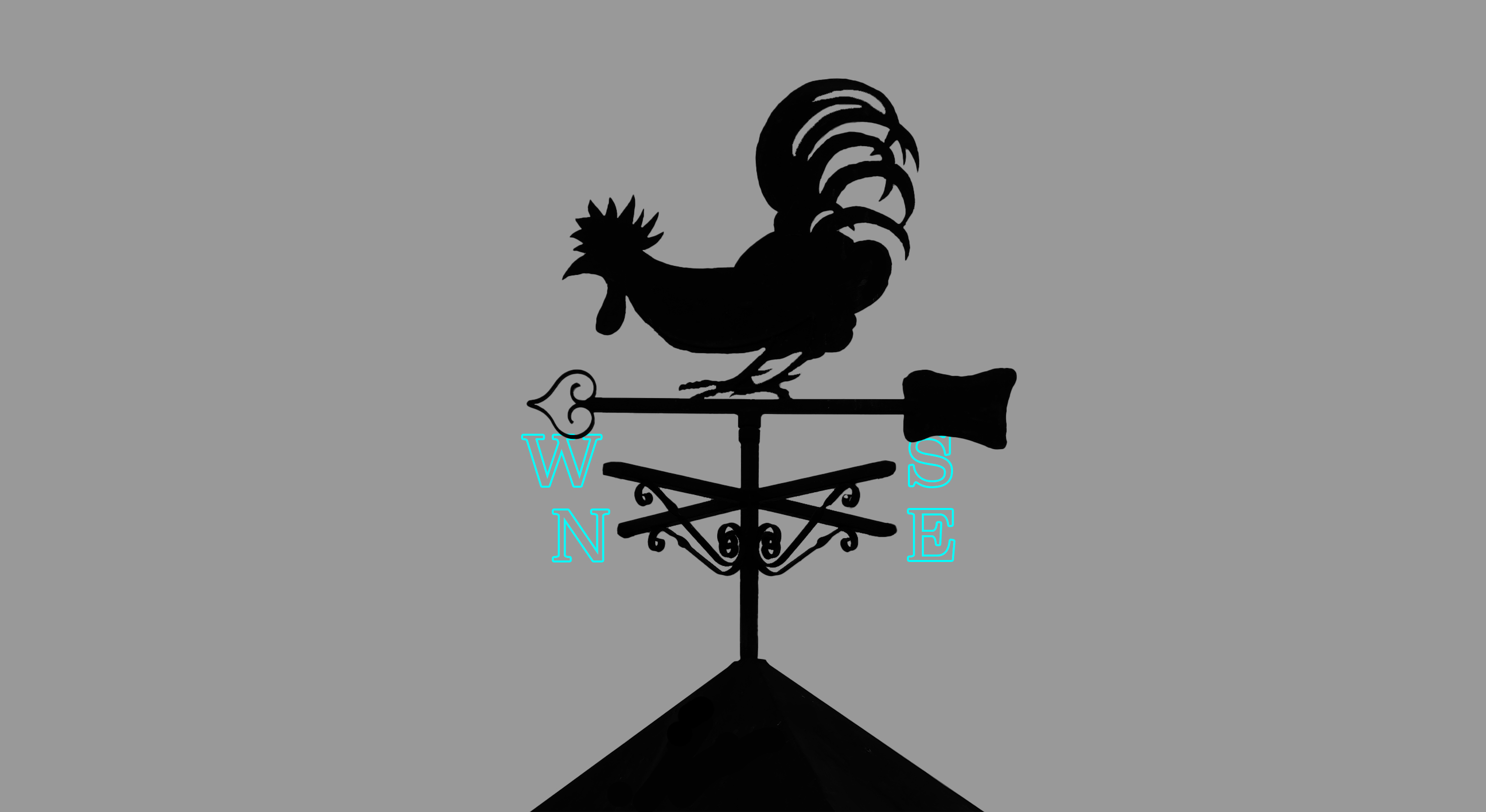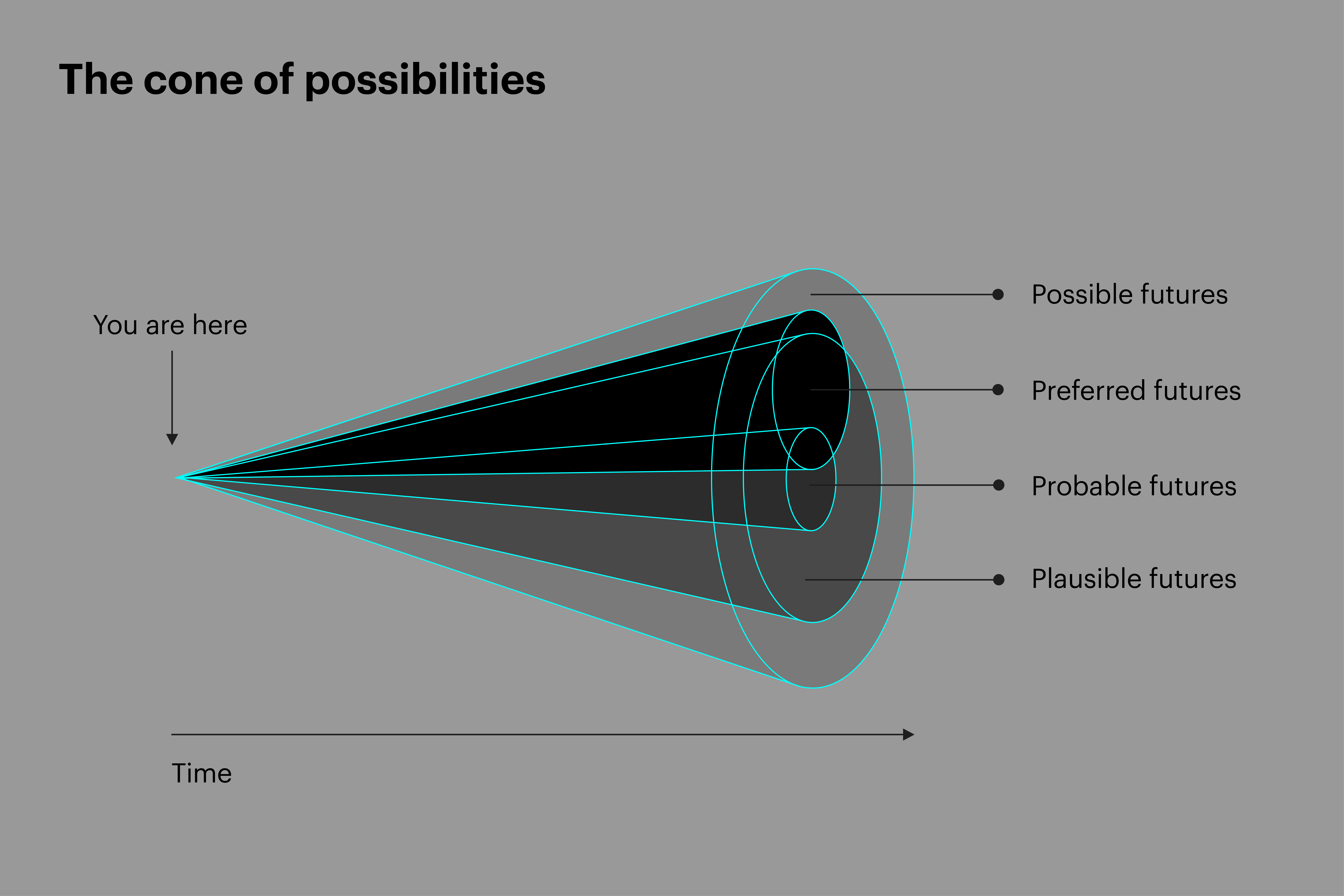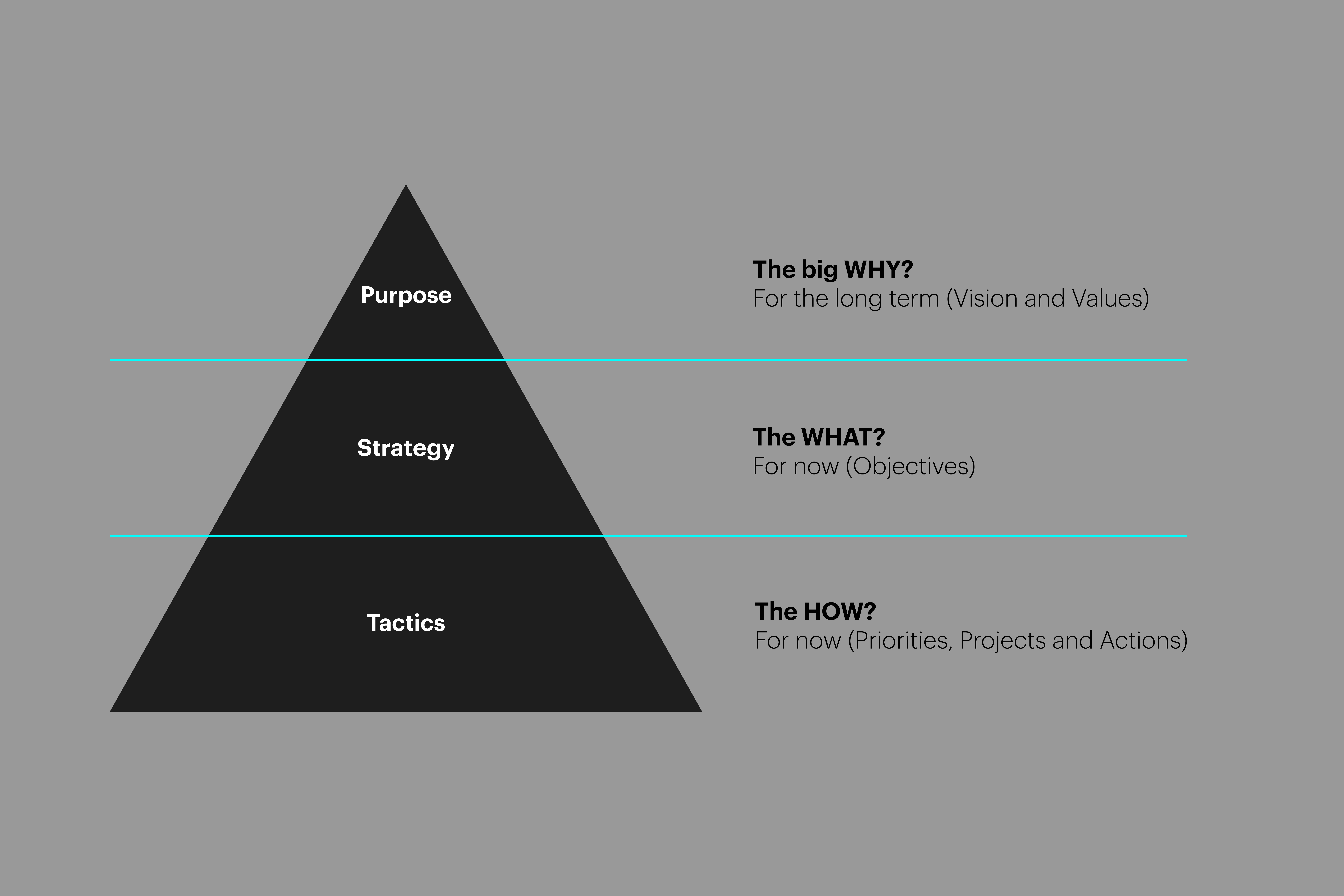As 2025 rolls around, it feels as though we are staring yet another year of uncertainty in the face. From rising global conflict to political upheaval, the climate crisis and the ongoing cost of living, the world looks and feels a bit … wobbly.
But clients often ask me, ‘is it really any more uncertain than it has always been?’. Well, yes! Since 2020, the International Monetary Fund has helpfully published the World Uncertainty Index, the first global measure of uncertainty and one that gives a really useful historical perspective on patterns and drivers of uncertainty around the world for the last 60 years. Short version, uncertainty is rising and has been for decades. For the longer version, take a look at the Index’s origin story.
So now that we can safely assume that uncertainty is real and is on the increase, SO WHAT for organisations as we look to the future?
Well, lots of change and uncertainty there too of course. Remember the heady days when it seemed possible that we’d only have to transform our organisation once, or once every five or ten years, allowing us to really embed the change, from strategy through to culture? Accenture’s Pulse of Change: 2024 Index, suggests that those days are long gone and, like the global pace of change, the pace of organisational change is fast, and the speed is increasing. USA based think tank Reinvention Academy’s latest speed of change research found that 20.6% of companies were reinventing every 12 months or less to survive in 2022[SL1] . They are currently collecting data for 2023 and 2024.
From a brand and strategic perspective all of this change means there is a need for far greater willingness to build agility and flexibility into the way that organisations intend (or hope!) to create value for themselves and their clients in future. Strategy is after all a theory for success that is vulnerable to reality, rather than a plan with a guaranteed outcome.
We need to shifting our mindset from planning for one version of the future to preparing for multiple possible futures.
Done right, this multi-future perspective opens the door to the opportunity to rethink and reimagine what the organisation can do and for whom. New markets, new customers, new offerings. A chance to thrive, rather than simply survive.


